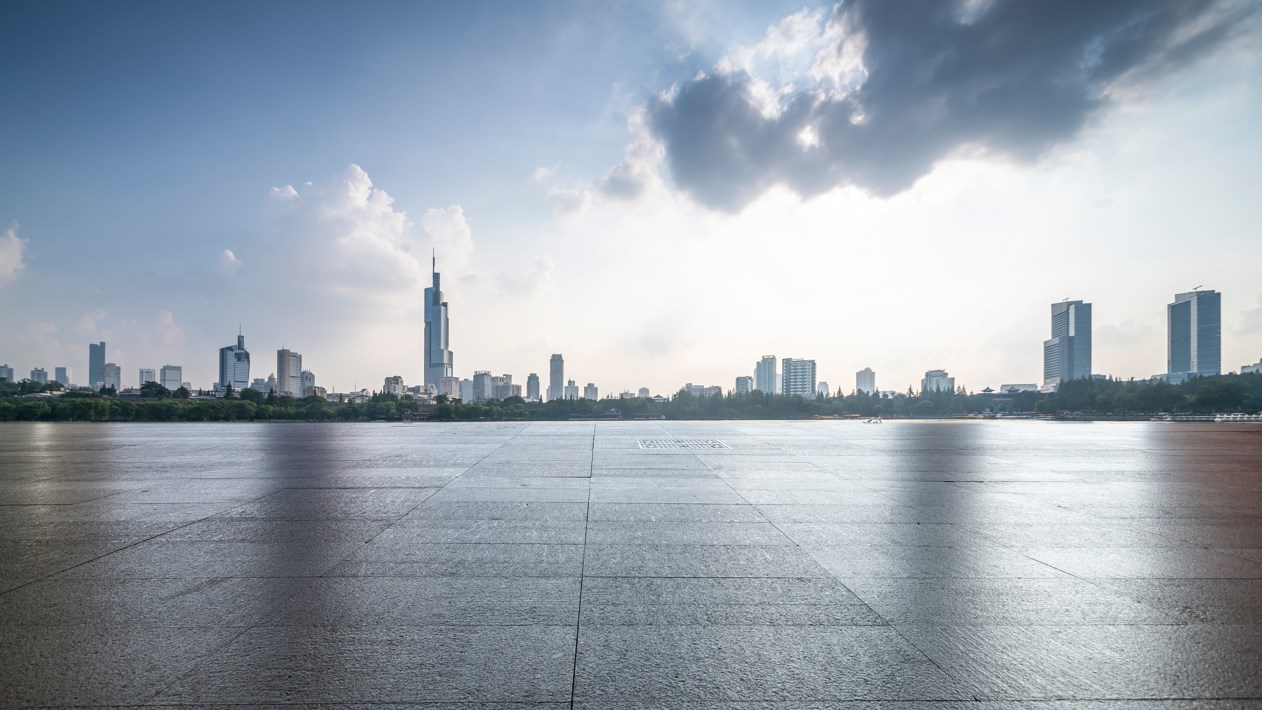Following two years of lockdowns, broken supply chains and the countless other troubles brought by COVID-19, endurance and the ability to bounce back have proven a vital asset for individuals and companies alike.

But even before an insidious virus wreaked havoc on our global society, the term “resilience” had already acquired household status in architectural circles as a response to another global threat to our wellbeing: extreme weather.
Indeed, as the forces of nature have grown increasingly violent and unpredictable, architects have in the last decades scrambled to design and construct cities that can better withstand destructive events like storms, floods, and droughts.
But is it really possible to future-proof cities that are growing in both size and architectural complexity?
While we might primarily think of city resilience in terms of rudimentary fortifications — like flood barriers and storm-adapted building codes — the concept has in the last decades been broadened to include a whole range of design strategies for individual buildings, communities, and larger regions— and these are implemented to protect the city over different time scales.
For instance, individual houses might not only be designed to withstand strong winds but be powered by renewable energy to limit dependence on the electrical grid. In addition, more efficient insulation allows a minimum level of heat to be maintained during prolonged periods of power-outs. Meanwhile, on a community level, whole areas can be designed to meet basic human needs in the face of major disruption, including access to potable water, food and essential health care.
As you might imagine, reimagining the city as a concept often raises more questions than we can answer. Fortunately, however, there is one (longstanding) resilient system to which architects can look for inspiration…. namely nature itself.
Indeed, the billion-year-old strategies from the natural ecosystem have emerged as a model for the urban world. Beyond providing social, cultural and aesthetic benefits, incorporating blue and green into a city allows city planners to copy nature’s ability to both mitigate natural disasters and rapidly regenerate in the aftermath.
For example, city forests, vertical and roof gardens as well urban water basins are a sustainable way of both capturing stormwater and improving air quality. Meanwhile, replacing concrete structures with living shorelines achieves the same storm and flood-proofing but through an organic system that grows more robust over time and requires minimum maintenance.
In other words, if implemented on a large scale, a blue and green city system recreates a naturally-oriented water cycle — limiting the damage of flood events while contributing to the amenity of the city.
Of course, while the question “What would nature do?” has improved the resilience of numerous urban areas around the world, it doesn’t provide all the answers about the cities of tomorrow.
How will The Internet of Things affect resilience as our cities become ever more interconnected and tech-dependent? Will digitization become a vital part of the resilience puzzle, or make cities more vulnerable to the forces of nature?
While these are queries that only time can answer, we know for sure that resilience does not end: rather, it’s a perennial process that must always be centered around adaptability to a future that is bound to become even more unpredictable as the speed of change accelerates.